The best ceramic knives can easily chop veggies, cut meat, and slice bread. And thanks to their tough material, you won’t need to sharpen them as often, making these knives a great alternative to their steel counterparts.
When it comes to cutting a variety of food items, stainless steel knives have always had an unwaveringly strong reputation. However, no one can deny the upkeep required to keep their blades sharp. Those looking for more low maintenance—but still high-quality—knives have turned their attention toward ceramic models.
Made from zirconium oxide (also called zirconia), ceramic knives are significantly harder than stainless steel blades and maintain their sharpness for much longer.
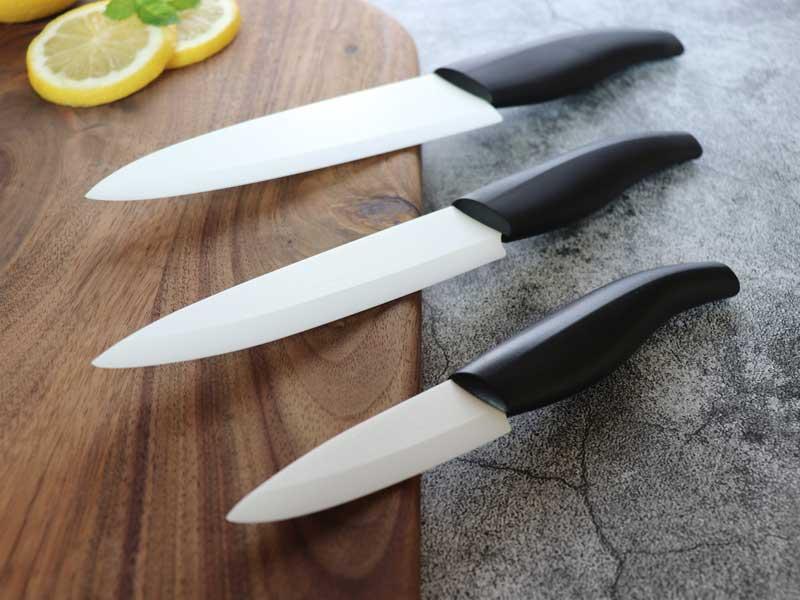
What to Consider When Choosing the Best Ceramic Knives
Choosing the best ceramic knives comes down to understanding the features that suit the food they’ll be used to prepare. There is a wide variety of types, lengths, weights, handles, and—of course—blades that impact the effectiveness and efficiency of a ceramic knife on different foods. Read on to learn more about the factors to consider when choosing a ceramic knife.
Type
There are seven main types of ceramic knives: chef’s, santoku, paring, utility, boning, cleaver, and bread. Each type offers distinct features and blade designs that make it unique.
A chef’s knife is the most common type of ceramic knife. It has a slightly curved tip on the end of the blade.
A santoku knife works especially well when using a rapid up-and-down chopping motion.
A paring knife has a small blade suited for precise cutting, peeling, and deveining.
A utility knife has a narrow blade that makes clean cuts. It’s similar to a chef’s knife but slightly smaller.
A boning knife has a narrow and pointed blade for cutting and piercing.
A cleaver knife is the largest type of ceramic knife, designed with a hatchet-style blade.
A bread knife has a serrated blade specifically designed to cut through bread.
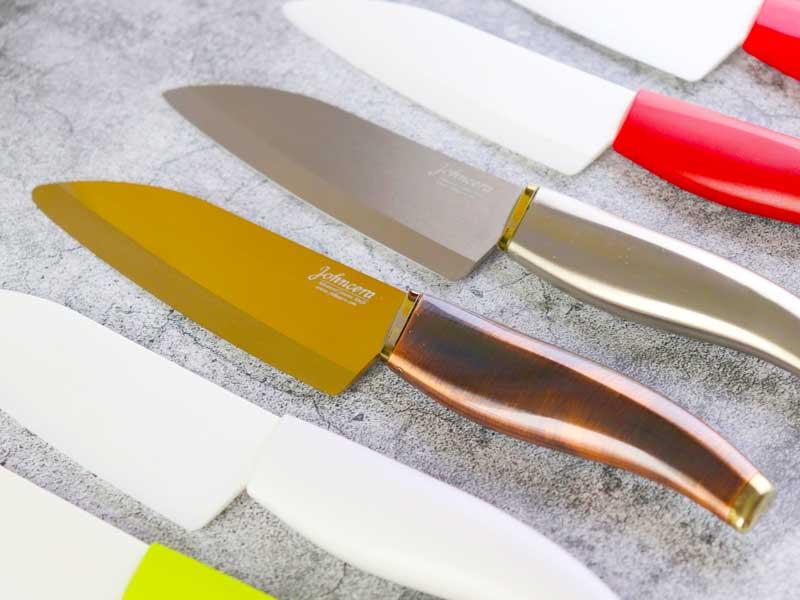
Length
Ceramic knives vary in length. A standard knife is about 8 inches from the end of the handle to the tip of the blade. However, they can be as long as 12 inches and as short as 4 inches.
Shorter knives are best for more precise tasks like peeling, dicing, and mincing. Longer knives are great for filleting fish, carving steak, and slicing through thick slabs of meat. Standard knives are useful for most kitchen cutting tasks.
Blade Features
When selecting a high-quality ceramic knife, look for one with features that indicate the blade will remain sharp for a long time. Professional and amateur chefs alike will want a blade that’s resistant to rust and bacterial growth and doesn’t negatively react to oils, salts, and fats. It’s obviously also important that the blade is strong and durable.
Blades are available in different curvatures; some are straight, and others have a slight curve to make chopping and slicing easier. Blades can also have hollows, which are evenly spaced indentations that prevent food particles from sticking to the knife during food preparation.
There are four different types of blade edges: serrated, straight-edge, single-edge, and double-edge.
Serrated edge blades are jagged to tear through food. They are most common on bread knives.
Straight-edge blades provide a smoother cut for slicing, dicing, and chopping.
Single-edge blades have a slight angle on one side, also referred to as a bevel. They don’t require much effort to sharpen and slice through softer foods like boneless fish and vegetables.
Double-edge blades are angled on both sides. They take longer to sharpen but offer more versatility for a wider variety of cutting tasks.
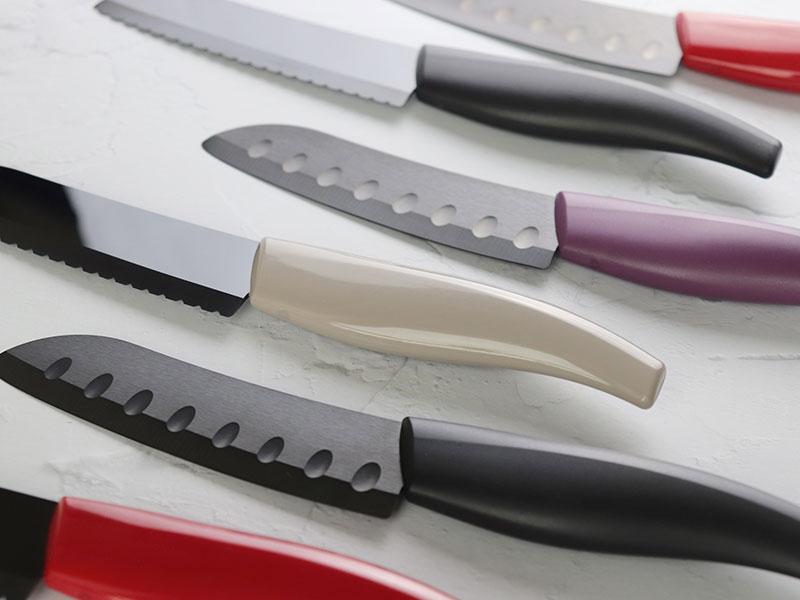
Weight, Balance, and Control
The weight of a ceramic knife will determine the amount of balance and control the user has over it. Ceramic knives are lighter than stainless steel knives, but certain factors will impact a ceramic knife’s overall weight.
Some blades have distal tapering, which means they grow thinner from the handle to the tip. These knives are naturally lighter and easier to maneuver.
The tang is the part of the blade at the handle end of the knife. When the handle hides the tang, it’s called a hidden tang. When the tang is visible, it’s called a full tang. Full-tang knives are heavier than hidden-tang knives.
Finally, a knife’s bolster will affect its overall weight. The bolster is the small part of the knife that connects the handle to the blade. Knives with a bolster are more balanced and stronger than those without one.
Forged vs. Stamped
Ceramic knives are created either by forging or stamping. When a ceramic knife is forged, its individual units of metal are shaped and compressed under extremely high heat. This process results in well-balanced, highly durable blades that hold their razor-sharpness for a long time.
When a ceramic knife is stamped, it’s made out of a flattened sheet of metal. This process results in more affordable and lightweight blades, but ones that lose their sharpness faster.
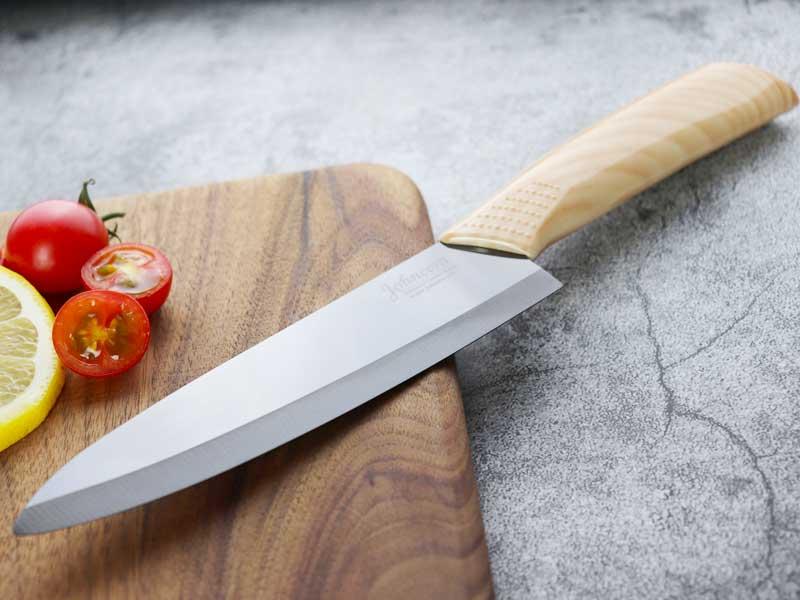
Handle
A ceramic knife’s handle can be made from multiple materials, including carbon fiber, stainless steel, fiberglass laminate, aluminum, and titanium. Handles are also available in a variety of colors and styles.
The most important aspects of a knife’s handle are its comfort and stability. A high-quality handle is made with an anti-slip, ergonomic design that makes the knife comfortable to hold while maintaining a secure grip. A well-designed handle will also prevent the user’s knuckles from hitting the cutting board or getting too close to the food being prepared.
Versatility
Every type of ceramic knife has specific cutting tasks for which it’s best suited—and some are more versatile than others.
A chef’s knife is primarily for chopping and dicing fruits, vegetables, and herbs.
A santoku knife is for slicing, dicing, and mincing cheese, meats, fruits, vegetables, and nuts.
A paring knife is also known as a peeling knife and is most suited for peeling, slicing, and coring fruits and vegetables.
A utility knife is for chopping up smaller food items and making more precise cuts.
A boning knife is specifically for piercing through meat, cutting through ligaments, and removing meat from the bone, hence the name.
A cleaver knife is also for cutting meat, but it’s primarily intended for large pieces of soft bone.
A bread knife, as the name suggests, is best for slicing bread.
Knife sets are a great option to consider because they include multiple types of knives for increased versatility and a knife block to protect both the knives and the users when not in use.
Our Top Picks
With the above considerations in mind, it’s time to discover the top picks for the best ceramic knives on the market. These knives are all from Johncera Group and made with high-quality materials that can handle a variety of cutting tasks.Read on to learn more about some of the best ceramic knives for the kitchen available today.
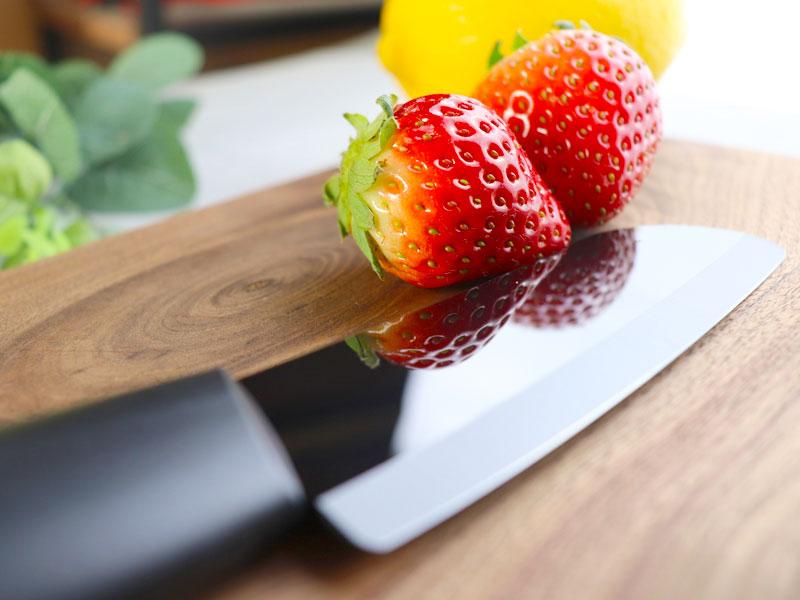
Article source: Network
[Disclaimer] The article is the independent opinion of the author and does not represent the position of Johncera. Please contact Johncera within 30 days after the publication of this article to delete or discuss copyright use.